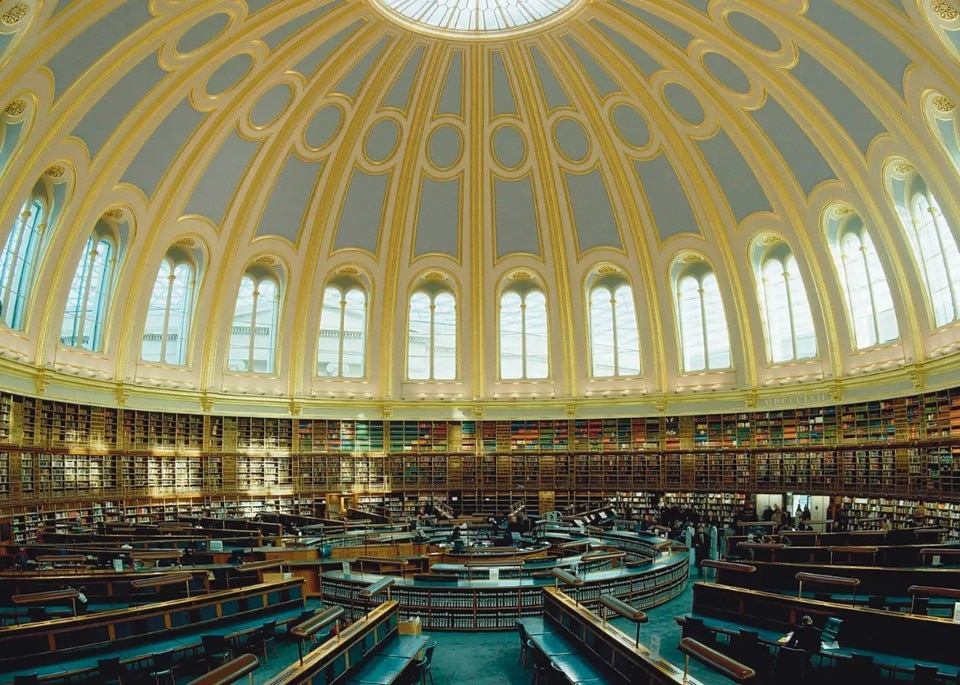Anyone who has ever visited the British Museum knows it: it is impossible to miss.
The Reading Room is located at the heart of the London museum, in the center of the Great Court. Conceived as the central room of the British Library, its dense and troubled history led to its closure for more than a decade, until the recently announced reopening on July 23, 2024. Guided tours, lasting 20 minutes, will be organized every Tuesday at 11 and 12 and offered free of charge to the public, respecting the museum's policy.
While waiting to visit it, we brushed up on its history.
The Project
The museum's reading room was designed to reflect the various cultural activities that took place there, but above all to overcome the space and cataloging difficulties of the text collection.
“In 1827, before Panizzi arrived, the collection contained 150,000 books. By 1856, when he became Principal Librarian (equivalent to today's Director), that number had risen to 520,000 and all those books needed to be housed somewhere” says Francesca Hillier, archivist, remembering the crucial role of Anthony Panizzi, Italian patriot and librarian, naturalized British and knighted by Queen Victoria in 1869.
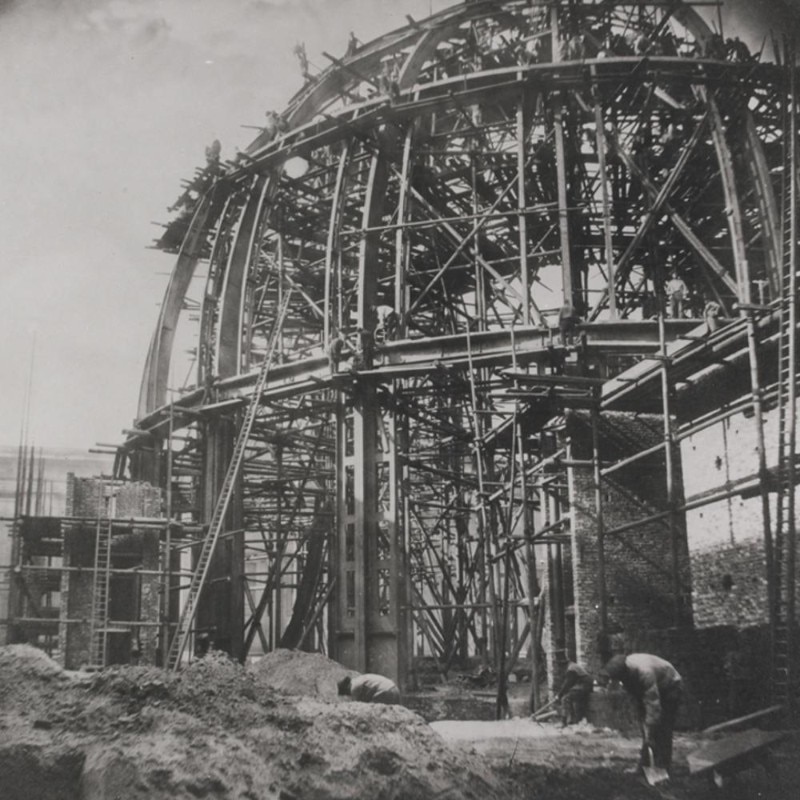
Designed by English architect Sydney Smirke based on the Pantheon in Rome, the great hall has a diameter of over 40 meters and includes 40 km of shelves. However, there is no trace of marble here; the richness lies more in the technique than in the materials: built in several parts, the dome rests on a structure of cast iron uprights and is mainly made of papier-mâché. The space, conceived by Smirke as a place to stay for long periods of time, was regulated by the latest heating and ventilation systems, making it a masterpiece of mid-19th-century technology.
Around the central core, columns of books, known as the "Iron Library," were placed on perforated iron shelves designed to improve light levels in an era before electric lighting.
Opening to the Public
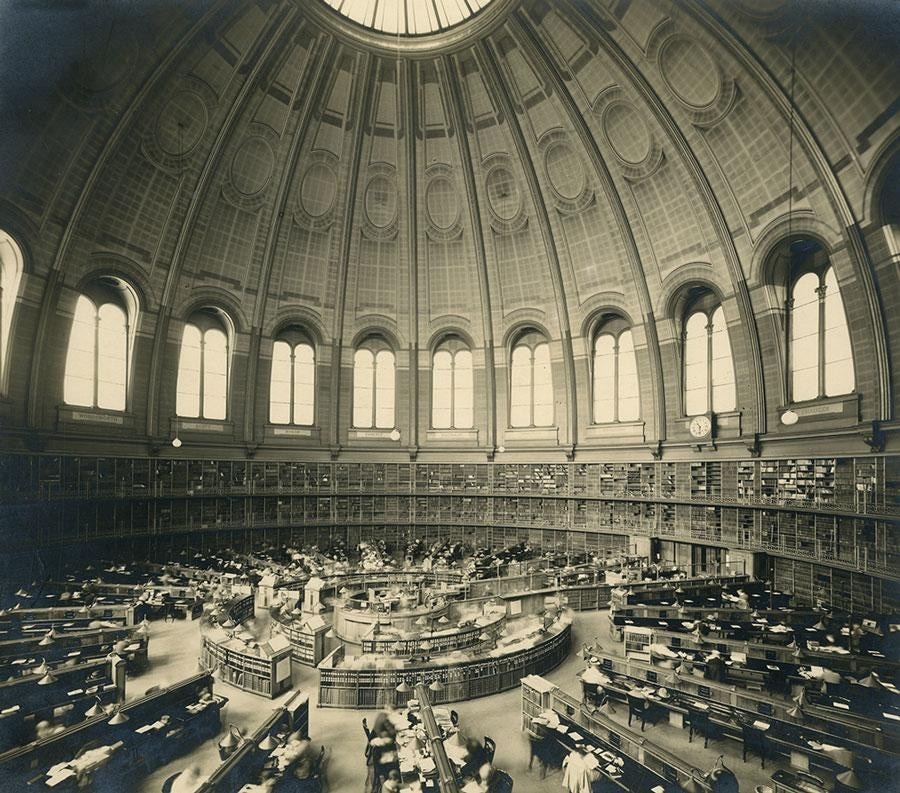
Tradition has it that the room was officially inaugurated on May 2, 1857, with a "breakfast" of champagne and ice cream laid out on the catalog desks. A fortunate start, considering that the first days of opening attracted over 62,000 visitors. The reading room could accommodate 302 readers at 38 tables, all arranged radially from the catalog desk. Among them were Karl Marx, who wrote "Das Kapital" here, Sir Arthur Conan Doyle, Oscar Wilde, Sylvia Pankhurst, Bram Stoker, Joseph Conrad, Lenin, and George Orwell.
Despite what some claim, we don’t actually know where Marx sat, but we do know that Lenin sat at seat L13
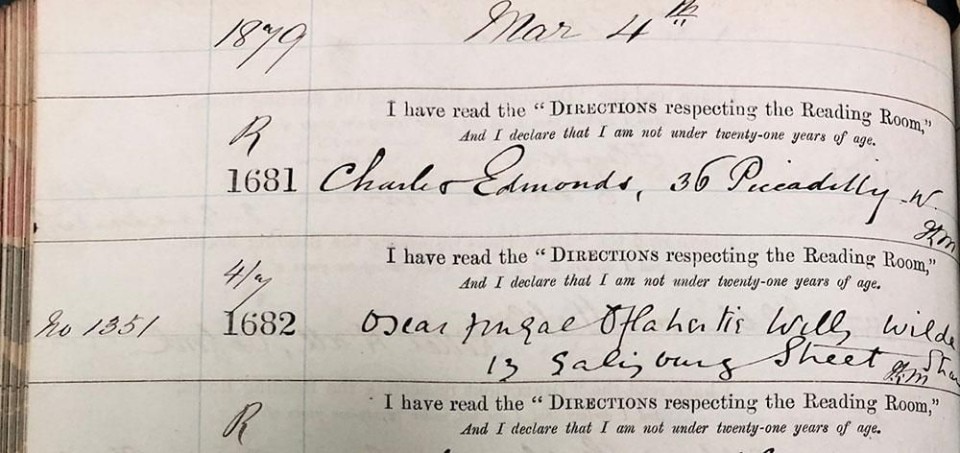
The room hosted the readers of the British Museum Library (later British Library) until its move in 1997, when it was transferred to St Pancras.
Great Court di Norman Foster
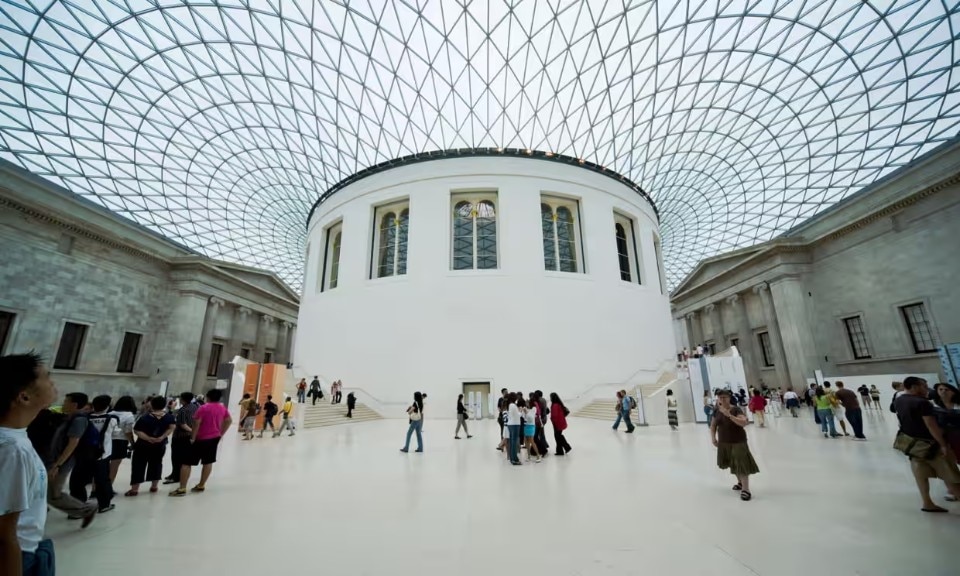
Only three years later, the reading room became the centerpiece supporting the glass roof in the epic Great Court, the largest covered public square in Europe, designed by British architect and designer Norman Foster. The shelves had been removed, and the room, restored and restored to its original ceiling colors — typically blue, cream, and gold — served as an information center for museum visitors, as well as housing a collection of catalogs and books on world cultures.
In the Great Court, inaugurated in 2000, the reading room was incorporated into the new design. After 2007, a temporary structure was built over the desks to transform it into an exhibition space, addressing space issues while awaiting the opening of the museum's new extension. Until 2013, the room hosted exhibitions of all kinds, from the Roman Emperor Hadrian to the Iranian ruler Shah 'Abbas, Montezuma, Renaissance Italian drawings, the ancient Egyptian Book of the Dead, saints and relics in medieval Europe, the Islamic pilgrimage to Mecca, and the world of Shakespeare.
What Lies Ahead?
Since September 2013, the room has been closed and reserved for the British Museum's archive, with access limited to students and researchers. In March 2018, the museum temporarily opened the reading room for the "Europe and the World: A Symphony of Cultures" music festival. Now, the guided tours.
The plan is to host a small permanent exhibition highlighting the history of the room, the illustrious people who have used it, displaying memorabilia and documents such as the library cards of its most famous readers.
And then who knows, maybe it could once again become the cradle of new masterpieces.


